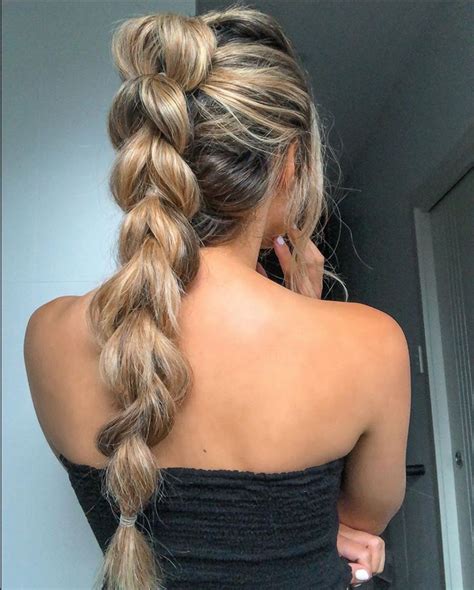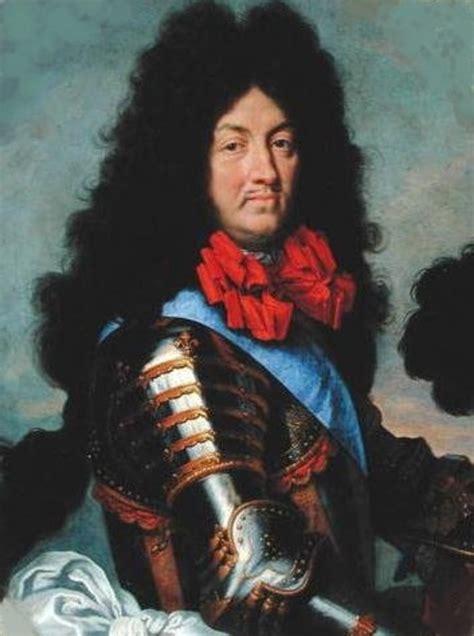Introduction

French powder wigs, an iconic symbol of 18th-century fashion, have captivated imaginations for centuries. They represent an era of opulence, extravagance, and a desire to stand out from the crowd. This article delves into the fascinating history, intricate craftsmanship, and lasting legacy of French powder wigs, exploring their significance in fashion, culture, and art.
The History of French Powder Wigs
The origins of French powder wigs can be traced back to the mid-17th century, during the reign of King Louis XIV. Initially, wigs were used to conceal hair loss and imperfections. However, as Louis XIV’s court became more elaborate and opulent, wigs evolved into an essential fashion statement.
Intricate Craftsmanship
French powder wigs were meticulously crafted works of art. Skilled wigmakers used human hair, animal hair, or silk to create these elaborate structures. The hair was styled, curled, and arranged into elaborate shapes and sizes, often taking days or even weeks to complete.
Exorbitant Extravagance
The cost of French powder wigs could be astronomical. Some elaborate wigs were known to cost upwards of 100 livres, the equivalent of several years’ wages for the average person. They became a symbol of wealth and status, with the most extravagant wigs reserved for the elite of French society.
Social Significance
French powder wigs played a significant role in social hierarchy. The size, height, and style of a wig could indicate the wearer’s social rank and profession. They were used as a means of distinguishing royalty, nobility, clergy, and commoners.
Artistic Inspiration
French powder wigs have served as muses for countless artists over the centuries. They have been featured in paintings, sculptures, and literature, immortalizing the extravagance of the era. Many museums display these wigs as artifacts of historical and cultural significance.
Powdered Perfection
The Intricate Process of Powdering
To achieve the iconic white color associated with French powder wigs, they were dusted with wheat flour, starch, or scented powder. This process not only enhanced their appearance but also helped to absorb oil and keep pests away.
Influence of Fashion
A Symbol of the Ancien Regime
French powder wigs became synonymous with the Ancien Regime, the aristocratic society that ruled France before the Revolution. They represented the height of extravagance and excess that would eventually lead to the fall of the monarchy.
Status Symbol
Size and Height Mattered
The size and height of a powder wig were crucial status symbols. Larger, taller wigs were reserved for the nobility and royalty, while smaller wigs were worn by commoners. The height of a wig could reach astounding proportions, sometimes exceeding two feet.
Benefits of French Powder Wigs
Protection and Hygiene
In addition to their aesthetic appeal, French powder wigs served practical purposes. They protected the wearer’s hair from the harsh elements, including rain, wind, and sun. They also helped to keep head lice and other parasites at bay.
Warmth and Comfort
French powder wigs provided insulation during the cold winter months. The thick layers of hair created a protective barrier, keeping the wearer warm and comfortable.
Disadvantages of French Powder Wigs
High Maintenance and Cost
French powder wigs required constant maintenance. They had to be washed, brushed, and powdered regularly, which could be a time-consuming and expensive process. The high cost of these wigs limited their accessibility to the wealthy elite.
Tips and Tricks
Caring for French Powder Wigs
- Wash wigs with lukewarm water and a mild detergent.
- Use a wide-toothed comb to detangle hair gently.
- Apply powder evenly and brush out excess.
- Store wigs in a cool, dry place to prevent damage.
Innovative Applications
Modern Reinventions
Contemporary fashion designers continue to find inspiration in French powder wigs. They incorporate elements such as oversized proportions, elaborate shapes, and powdered textures into their designs, bringing a touch of historical extravagance to modern wardrobes.
Tables
| Table 1: Timeline of French Powder Wigs |
|—|—|
| Period | Description |
| 1650s | Wigs used to conceal hair loss. |
| 1700s | Wigs become extravagant and a symbol of status. |
| 1750s | Wigs reach their peak of popularity and size. |
| 1780s | Powdered wigs associated with the Ancien Regime. |
| Table 2: Cost of French Powder Wigs |
|—|—|
| Period | Cost |
| 1750s | 50-100 livres |
| 1770s | 150-300 livres |
| 1790s | Up to 1,000 livres |
| Table 3: Social Significance of French Powder Wigs |
|—|—|
| Feature | Significance |
| Size | Larger wigs indicated higher rank. |
| Height | Taller wigs reserved for royalty and nobility. |
| Style | Different styles associated with different professions. |
| Table 4: Benefits of French Powder Wigs |
|—|—|
| Benefit | Description |
| Protection | Shielded hair from sun, rain, and cold. |
| Hygiene | Absorbed oil and kept pests away. |
| Warmth | Provided insulation during winter months. |
| Comfort | Protected head from discomfort. |
Conclusion
French powder wigs have captured the imagination of people for centuries, embodying the extravagance and opulence of the 18th century. Their intricate craftsmanship, social significance, and artistic inspiration continue to fascinate and inspire modern designers. While the powdered wigs of the past may have faded into history, their legacy of glamour and style remains an enduring symbol of a time when fashion was a spectacle to behold.
